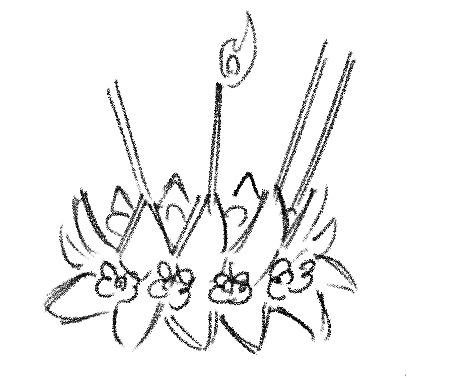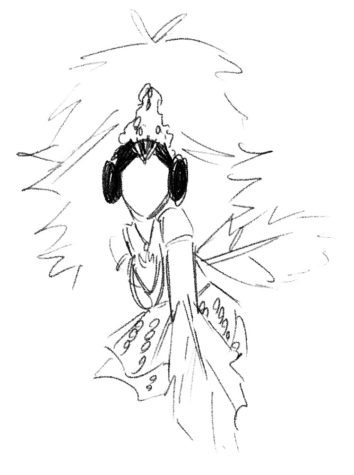Autumnal Traditions Around The World
PSL sand Pinterest photoshoots aren’t the only things that take place during this time of season
For Americans, fall is a cozy mix of leaf piles, cable-knit sweaters, and all things pumpkin-spice. But PSLs and pinterest photoshoots aren’t the only things that take place during this time of year. Despite their outward differences, autumnal traditions all revolve around central themes of rejuvenation, togetherness and prosperity. So what does it look like for other places around the world?
Christian lore states that on All Hallows Eve, the day before All Saints Day, deceased souls wander the earth in their last chance for revenge against the living. On the 31st of October in Scotland, people go Guising, dressing up in costumes to ‘disguise their identities’ from evil spirits among them. Other common activities include going trick or treating for sweets and carving Neeps or hollowed out turnips to be used as lanterns.
For 6 days a year, the spirits of the departed can revisit their loved ones on Dia de Los Muertos (Day of the Dead). In Mexico from the 31st of October to the 3rd of November, families decorate Ofrendas (home altars) with marigold flowers, pictures, and favorite foods. Lively practices also include eating sugar skulls known as Calaveras and decorating homes and streets with Papel Picado (perforated paper).
During Chuseok, a three day long harvest festival beginning on September 22nd of this year, family members gather to enjoy a traditional Korean feast. Staple foods include Songpyeon (sweet and nutty pine-needle steamed rice cakes), and Japchae (vegetables stir-fried with glass noodles in soy sauce). Many also participate in Beolcho which involves tidying the graves of family members.
On November 5th of 1605 during the state opening of parliament, Robert Casteby and his English Catholic followers plotted to assassinate King James I. to restore a catholic monarchy. During the state opening of parliament, 36 barrels of gunpowder were plotted beneath the House of Lords and placed under guard of Guy Fawkes, a radical English Catholic. Evidently, he was arrested and the plan fell through. Citizens of the UK now memorialized the day by setting off fireworks, attending bonfires, and even wearing masks of Guy Fawkes’ face.
During the full moon on the 12th month of the Thai Lunar Calendar, Thailand celebrates Loi Krathong to show their gratitude for Ganga, the Goddess of Water. During the festival, Krathongs (baskets made from the spider lily plant, banana tree trunk, bread, or styrofoam) are created. After being filled with small goods such as coins or Thai food, they are sent off to float on a river to Ganga.
Chinese Legend has it that the surface of the earth was scorched by ten suns, bringing drought and demolition to all. In a heroic duty, Hou Yi, a skilled archer, saved earth by shooting down 9 of the suns and restoring peace and prosperity. On September 21st, during the Moon Festival in China, people celebrate Hou Yi by feasting on 月餅(Yuèbing–Moon Cakes) – Red bean or lotus seed paste wrapped in a pastry crust, with tea. It’s also common to recite poems and display eye-catching lanterns during this day.
Cambodia – Bon Om Touk
In 1181AD the Khmer Navy defeated the troops of the Champa Kingdom on the Tonle Sap River in Cambodia, liberating their land. In memorial, over 20,000 rowers and their 260 boats gather every year in front of the Royal Palace Phnom Penh to participate in a massive 1.7km Regatta (boat race). This 3 day water festival known as “Bon Om Touk” attracts millions of onlookers and in addition to commemorating the Khmer marine forces also marks the end of the rainy season and the reversal flow of the river.
The five day Indian festival known as Diwali begins on the 13th day of the dark half of the lunar month Ashvina and runs until the second day of the light half of the lunar month Karttika. It addresses the triumph of light over darkness and turmoil. On the third day, people welcome the goddess of wealth Lakshmi by opening doors and windows and creating diyas – clay lamps filled with oil. Additionally, floors inside and out are adorned with colored sand, rice, and flower petals in patterns called rangoli and communal feasts are held alongside firework displays.
Art by Nia Dozier












